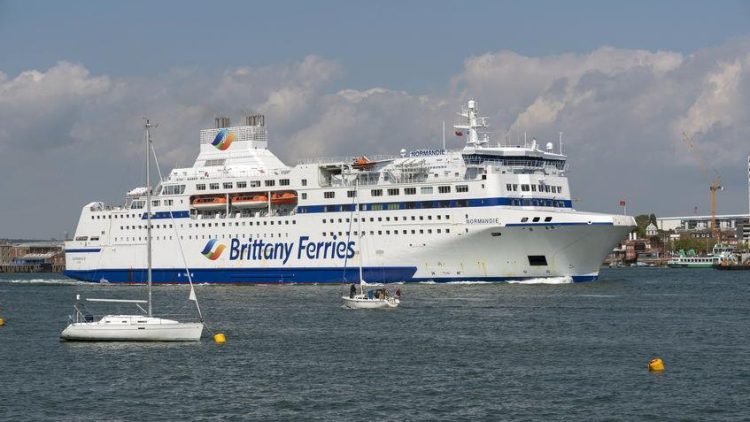Guernsey’s Committee for Economic Development has provided an update on its future agreement with Brittany Ferries, whilst Jersey has ‘batted their decision into the long grass’.
Brittany Ferries was confirmed as Guernsey’s preferred bidder on 30th October following a detailed 10-month tender process. The tender process was carried out jointly with the Government of Jersey, with a joint invitation to tender (ITT) document issued, a joint market testing phase, and a joint scoring and evaluation of bids and submissions which were also subject to a structured joint moderation.
The Government of Jersey was advised of the Committee for Economic Development’s position on 17th October but today (6th November 2024), Jersey has chosen to delay their own decision.
Jersey’s Deputy Kirsten Morel has told Channel Eye: “In the interests of the public, the hospitality industry, and to protect our economy, we have invited Condor Ferries to confirm a 7-month extension to the current Operating Agreement. This will bring certainty by enabling Condor Ferries to publish its summer schedules.
“Following the breakdown of the joint Channel Islands tender process, we have invited both final bidders, DFDS and Brittany Ferries, to work with the Government of Jersey as we find the best solution for our long-term ferry services.”
In response to Deputy Morel’s statement, Deputy Neil Inder, President of Guernsey’s Committee for Economic Development said: “We note Jersey’s announcement. We will continue our discussions with Brittany Ferries and with the government of Jersey, follow developments closely and ultimately make sure that we continue to take steps that protect Guernsey services in the future, whatever the outcome in Jersey.
“As stated, since making our decision, we hope Jersey joins us in a single solution but respect it is their decision to make.
“I would also take this opportunity to clarify that Guernsey’s position is that the joint tender process did not break down. Joint scoring was closed by both islands prior to the Committee for Economic Development making its decision.”
Christophe Mathieu, CEO of Brittany Ferries and Condor Ferries, told Channel Eye: “Following media reports yesterday that the Government of Jersey plans to launch a new tender and has requested a short-term extension of our current operating agreement, Brittany Ferries is both surprised and disappointed by this development.
“Over the past nine months, Brittany Ferries has invested considerable resources in the process, providing extensive information to assist Jersey’s government in reaching a decision. We firmly believe that this is comprehensive and sufficient for concluding the existing process.
“We have not yet received any formal notification from Jersey’s government regarding these developments so are seeking clarification on the extension request, along with precise details of the new Jersey-only tender.
“Brittany Ferries has also written to both governments asking for further clarification on key aspects of the current process as a matter of urgency.”
Over the next week, Guernsey’s Committee for Economic Development will evaluate the ‘Guernsey only’ approach from Brittany Ferries and, subject to the Committee’s views, a contract will be finalised within the following 10 days. This will enable Brittany Ferries to publish its schedules in mid-November.
In addition to this the Committee will be meeting with Brittany Ferries and business stakeholders this week to provide more detail on services and scheduling, following a very helpful stakeholder meeting on 31st October.
Deputy Neil Inder, President of the Committee for Economic Development, said: “The Committee and its officers are in regular contact with service users and with Brittany Ferries as we seek to finalise the contractual arrangements and as Brittany Ferries seeks to finalise the schedules. There is also ongoing conversation with the Government of Jersey, although at this stage they have not confirmed their plans.
“Regardless of the decision that the Government of Jersey reaches, we have committed that should we take different approaches we will work together to put in place a robust inter-island service, building on the recent joint agreement with Manches-Iles-Express.
“The partnership with Brittany Ferries also provides opportunities to further develop our community and commercial relationships with Normandy and Brittany, and we are about to begin conversations with them and also with trade bodies on maximising the benefits of the new approach.”














